Unlike sustainability and regeneration, the phenomenon of greenwashing is a young one, born around the same time as the earliest digitally native Millennials.
Yet, there’s nothing new about falling prey to enticing but misleading messages.
Still, maybe something could be said about globalization and the rise of multinationals, the onset of environmental awareness, and the hyper-acceleration of digital technologies. All of which took place towards the end of the 20th century.
Put all of these factors together and companies are given the power to claim almost anything. Including being gutsy enough to appeal to our planetary woes while unabashedly focusing on more profitable endeavours.
Read on to see how greenwashing came about and where it’s headed. Or skip to a time of your choice:
Pre-1980s: a powerhouse of misleading claims
Not much is reported on corporate greenwashing before the ‘80s. But before it was even a thing, companies were already misleading folk with contradicting messages.
The now-defunct American electrical company Westinghouse faced opposition from the 1960s anti-nuclear movement, which raised concerns about safety and environmental impact. The response from Westinghouse? A series of ads touting the virtues of nuclear energy. One was so bold as to use the phrase, “neat, clean, and safe”.
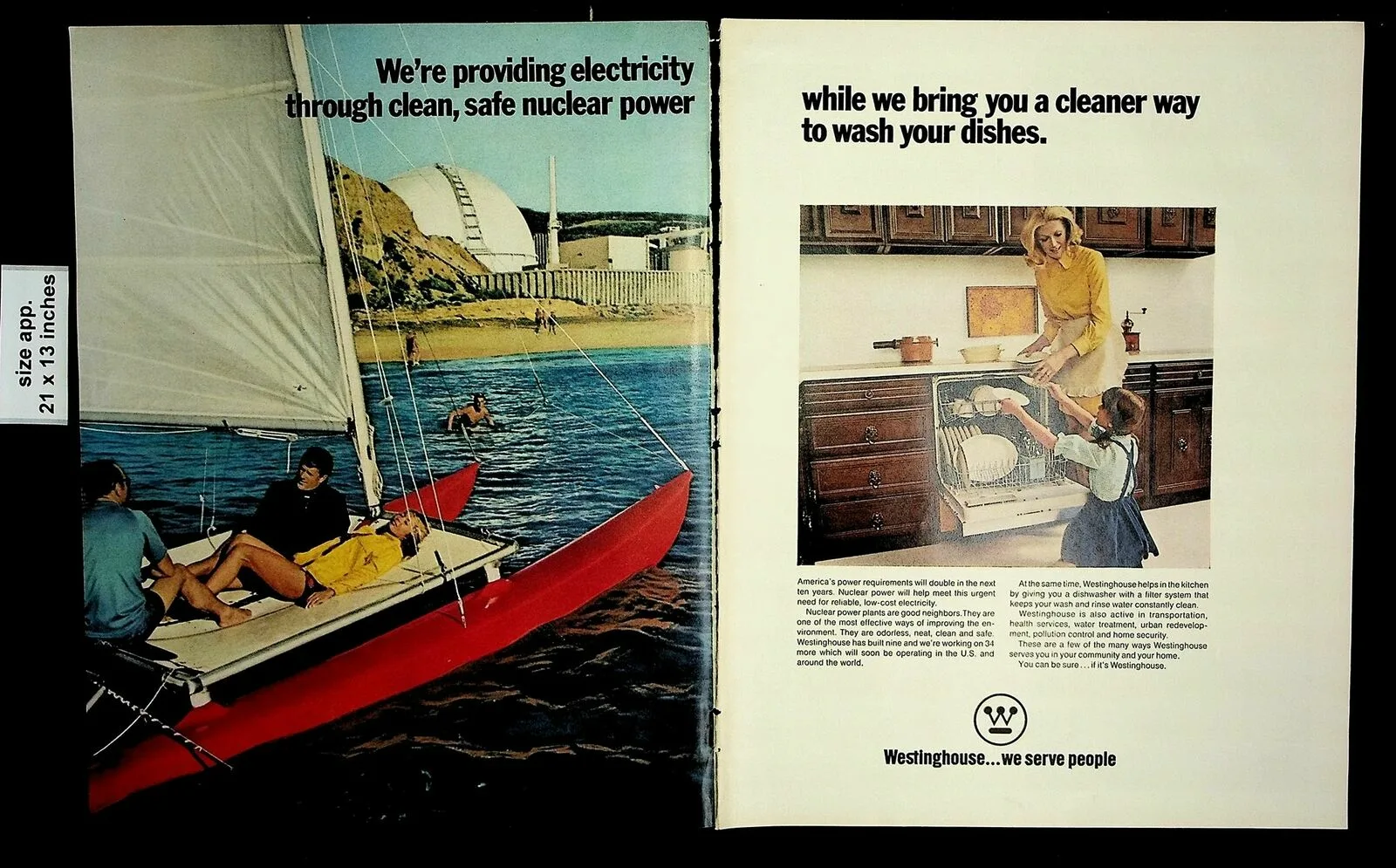
Sure, nuclear plants generate electricity with lower levels of pollution compared to their coal-fired counterparts. That’s true. But let’s not ignore the environmental effects of nuclear waste. Plus, the campaign came out after nuclear meltdowns happened in Michigan and Idaho.
While not an outright lie, it’s the kind of convenient environmental prevarication that was the precursor to the greenwashing that we know today.
1980s to 1990s: inspired by a towel
It’s not a joke. It really did begin with a towel.
In 1983, environmentalist Jay Westerveld went surfing in Fiji where he encountered a note at a resort urging guests to reuse towels in order to help the environment. But there was a contradiction. The same resort was in the middle of an expansion, knocking down masses of mother nature to make way for the business.
Taking note, Westerveld published a magazine essay in 1986 about deceptive environmental practices in the media, recalling his revelation from three years earlier. “It all comes out in the greenwash.”
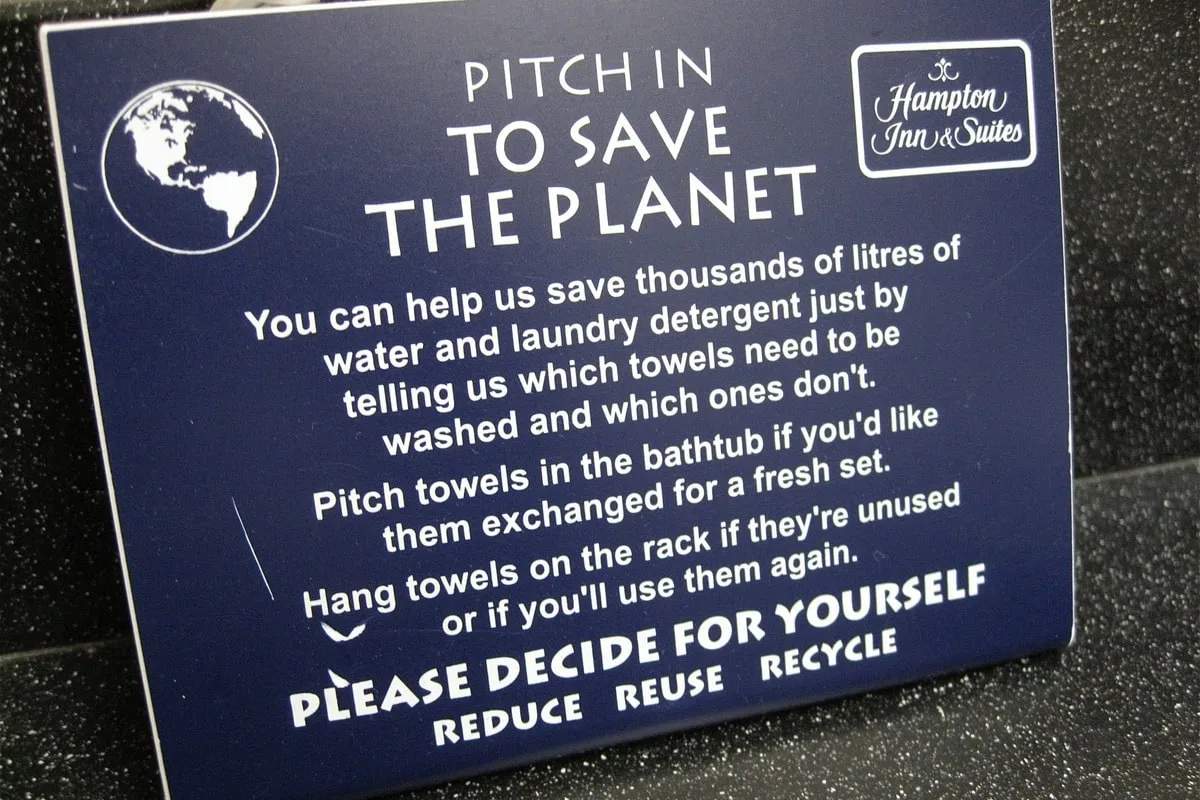
You can see that this first witty mention is where the term started to catch-on. Here’s how mentions of ‘greenwashing’ have evolved over time, looking through books, articles, studies and documents.
Big Oil and other polluters
As the 1980s unfolded, so did environmental consciousness. The oil industry, in particular, was forced to reevaluate its public image amid mounting scrutiny from activists and concerned citizens worldwide.
In 1986, Chevron launched its notorious “People Do” advertising campaign: a PR stunt to portray itself as an environmentally responsible organization. The TV spots depicted Chevron’s purported commitment to wildlife preservation and environmental stewardship, featuring lush landscapes and thriving fauna. None of the usual dirty grime many of us associate with the oil and gas industry today.
The “People Do” campaign was so effective that it even won an Effie Award. We know. We couldn’t believe it either.
Away from the screen was the true state of things. Chevron was responsible for oil spills, habitat destruction, and greenhouse gas emissions – directly opposing the ads’ eco-friendly rhetoric.
And, they weren’t alone in the greenwashing game.
In 1989, chemical company DuPont unveiled its double-hull oil tankers. Their advertisements paired footage of jubilant animals clapping, frolicking, jumping, and more, to the soundtrack of Beethoven’s Ode to Joy.
We found a bit of comfort in learning that the environmental non-profit Friends of the Earth eventually pointed out Dupont was the top polluter in the US.
2000s to 2010s: rampant greenwash!
At this point, greenwashing is already considered malpractice. And yet it didn’t stop corporations from misbehaving for 20 more years or so.
First up at the turn of the new century was British Petroleum (BP).
In 2000, they embarked on a rebranding endeavour under the slogan “Beyond Petroleum.” Their revamped image was supposed to symbolize a departure from fossil fuels towards renewable alternatives.
And – hold on to your hats if you didn’t know about this one – it was BP who popularized the idea of a “carbon footprint”. With the help of ad agency, Ogilvy. From 2004 to 2006, they ran a marketing campaign that invited folk to think about their individual impact on the planet. Meanwhile, BP carried on as usual, successfully shifting the blame away. You could say even gaslighting – using another term that’s popular today to describe bad behaviour.
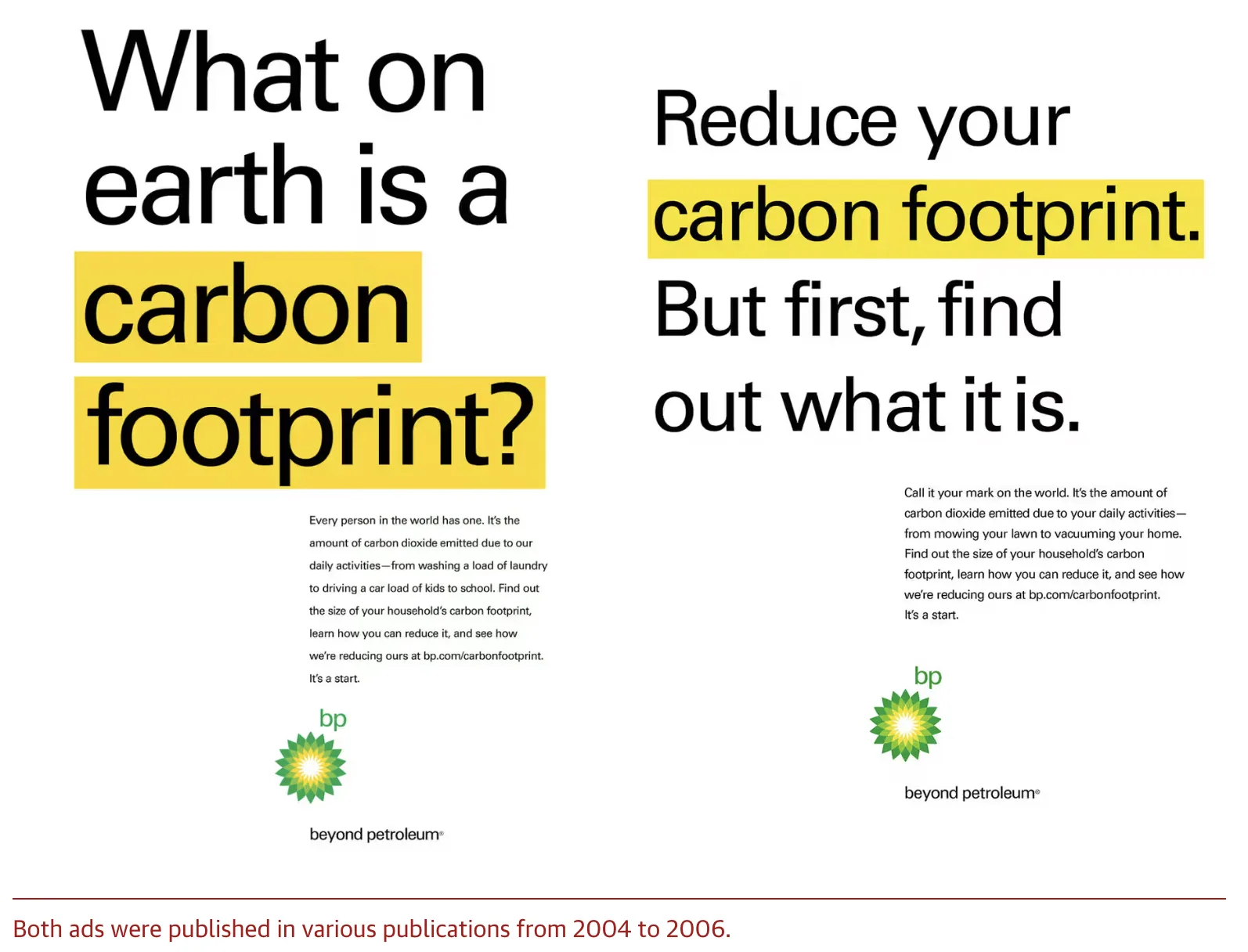
The Deepwater Horizon disaster of 2010 also reminded everyone of the environmental dangers associated with BP’s core business, leaving a lasting impact on marine ecosystems and coastal communities.
Their financial results over the years have also told a different story. In 2019, a mere 3% of their overall budget went towards low-carbon energies. Although that investment increased notably to 30% in 2022, the lion’s share remains entrenched in oil and gas exploration. And now that profits are on the line, things aren’t looking up for their green strategy.
Beyond BP, the last two decades saw an onslaught of greenwashing scandals. Volkswagen’s Dieselgate, EasyJet and a whole lot more we’ve documented in this post. It’s an impressive list, you’ll see.
2020s: the decline of greenwashing?
In today’s landscape, we’re hit with messages from all directions. Amid the cacophony of content – online and offline – clarity becomes paramount for the public to differentiate between green screens and sincere action.
And while it took nearly 30 years since its inception, “greenwash” finally made it into the dictionary in 2022.
Searches for greenwashing and related information peaked around the same time.
The good news is that things are slowly changing for the better. People are much more aware and discerning. And more importantly, the law is catching up. Which means brands are becoming infinitely more cautious about what they put out there.
The UK’s Competition and Markets Authority has several open investigations on greenwashing. And in the EU, some of the strongest laws against greenwashing have been established – or are imminent. The final green light to ban generic environmental labelling, without strict substantiation or certification, was given in January 2024. General claims like ‘climate neutral’ or ‘biodegradable’ will be banned if they’re not backed by proof.
These laws seem to be doing the trick. At the end of 2024, a report from RepRisk revealed a 12% decline in greenwashing cases, which is the first fall in six years. The report states that regulation is likely to have played a role in this downward trend.
It’s not all good news though: as the same report revealed severe cases of greenwashing did rise in Europe and North America. And in the US, a proposed 2024 update to the FTC’s green guides, which were last updated in 2012 and outline the environmental claims that brands can make, hasn’t happened. An update now seems unlikely under the new administration, which isn’t prioritising the environment.
All considered, things are looking a little less deceptive but that doesn’t mean we’re out of the phoney woods yet.
A closing note
And there you have it. A rather brief history of the huge issue of greenwashing.
It’s fair to say that many people want to believe in, and buy from, the brands that share the same values as they do. So distinguishing authenticity from half-truths is the real challenge. If you’re looking for some tips on how to avoid it, be sure to check out our guide.
And to top this history off, here’s a brief infographic summarising where we’re at. We’ll be keeping this up-to-date with new stats as we move into the future. Because while stricter laws are imminent – greenwashing isn’t just going to go away. After all, those sneaky notices about towels are still to be found in plenty of hotels today…
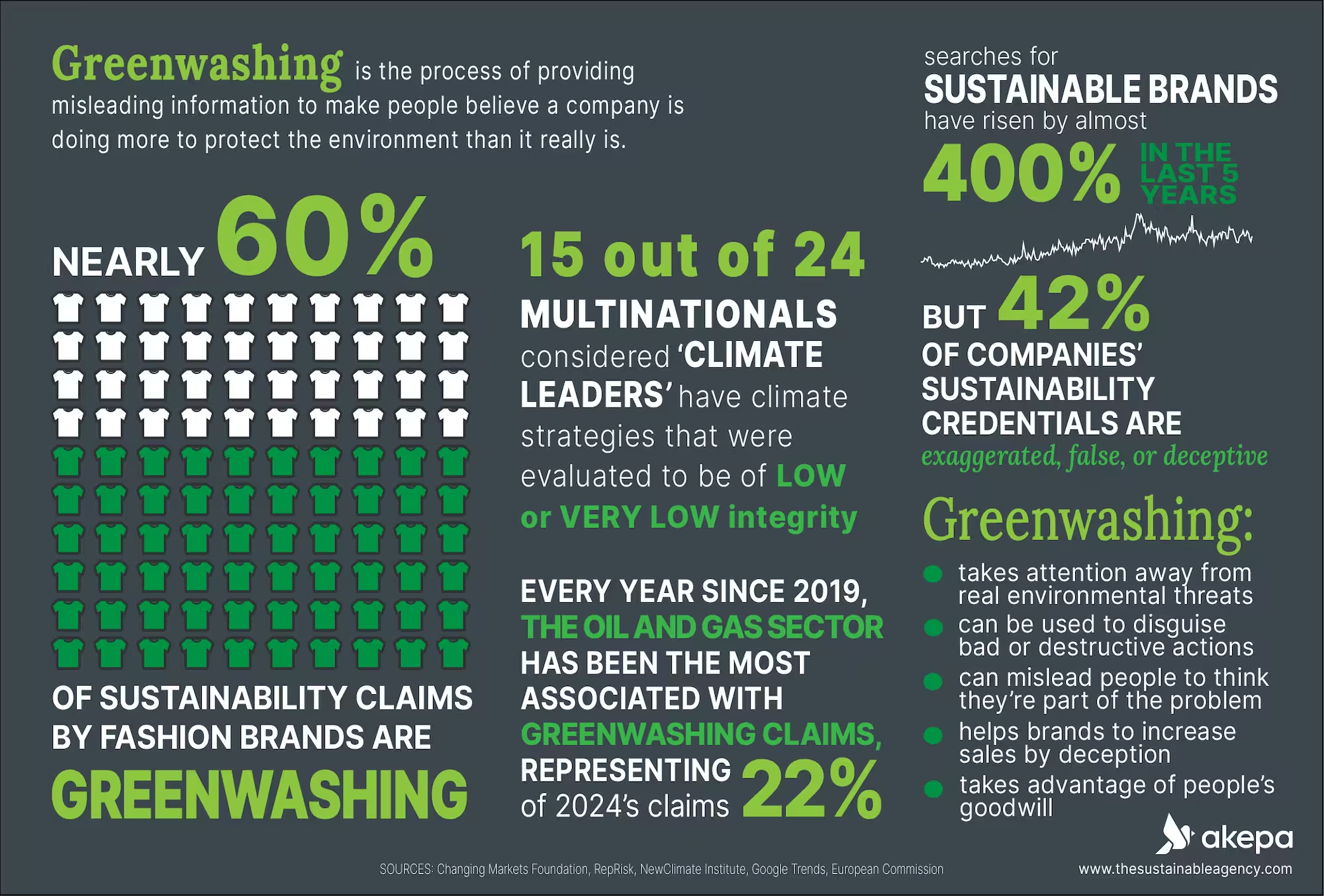
The History of Greenwasing – Timeline:
A final footnote: here’s all of that waffle in a neat timeline format.
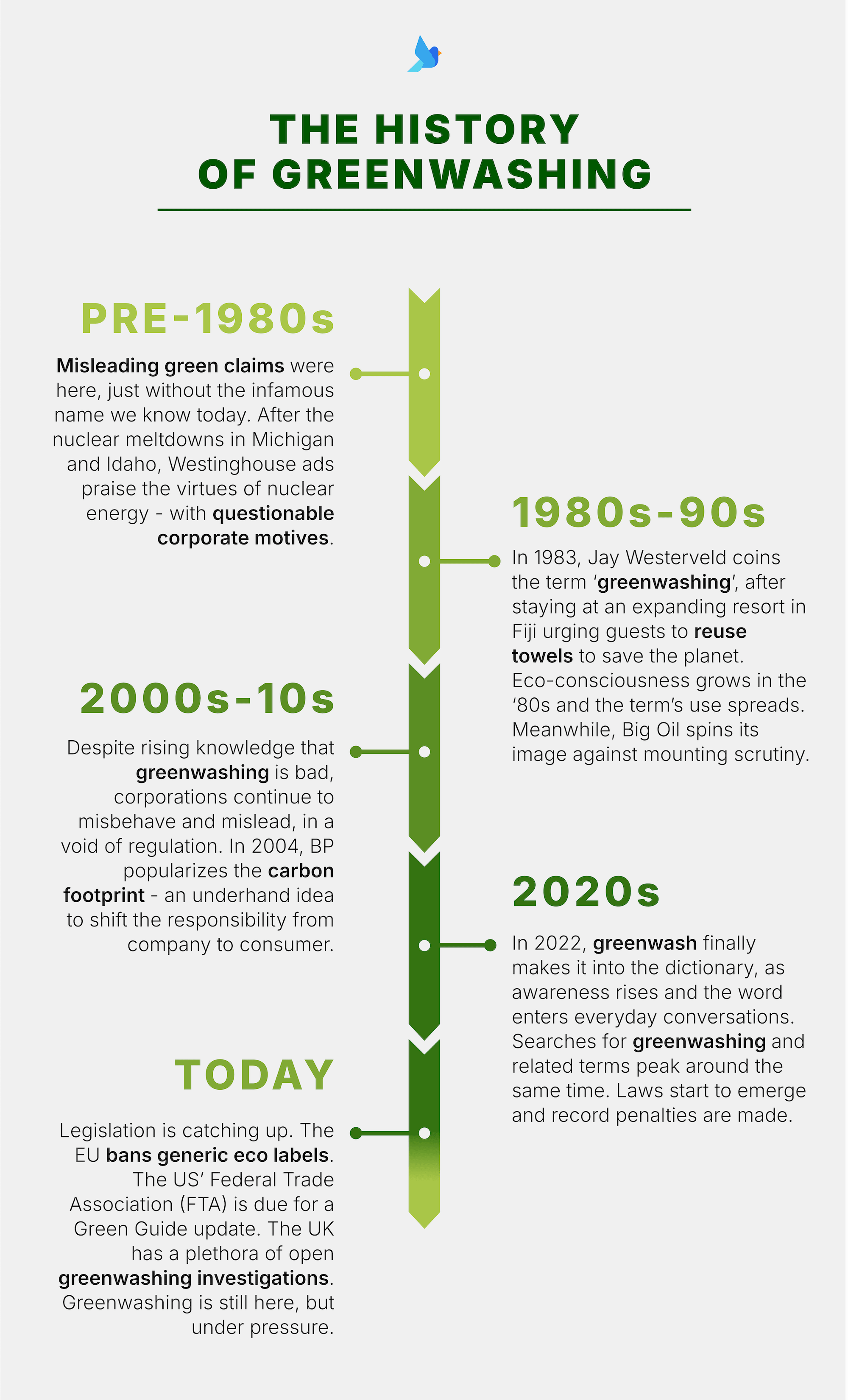

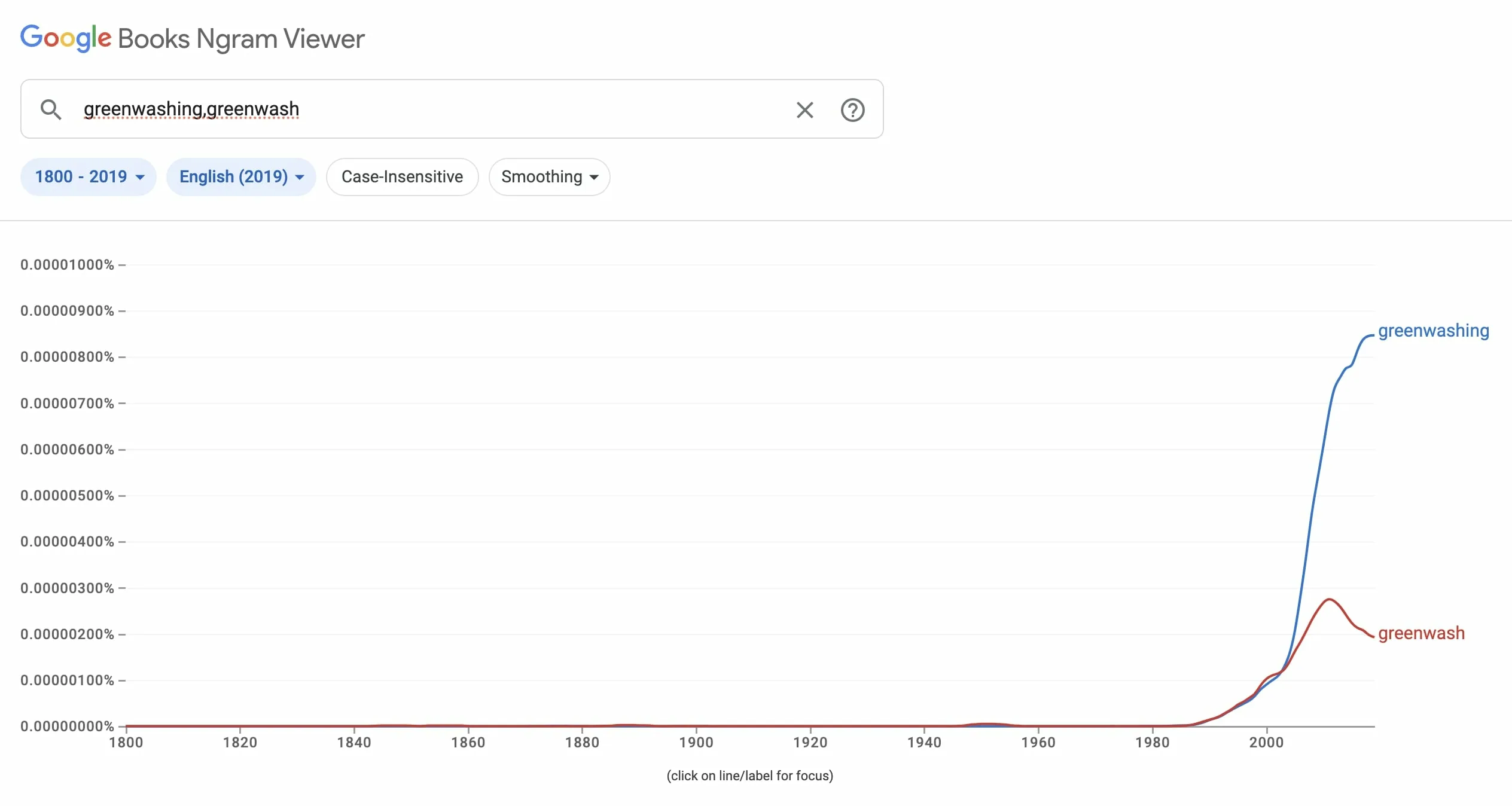
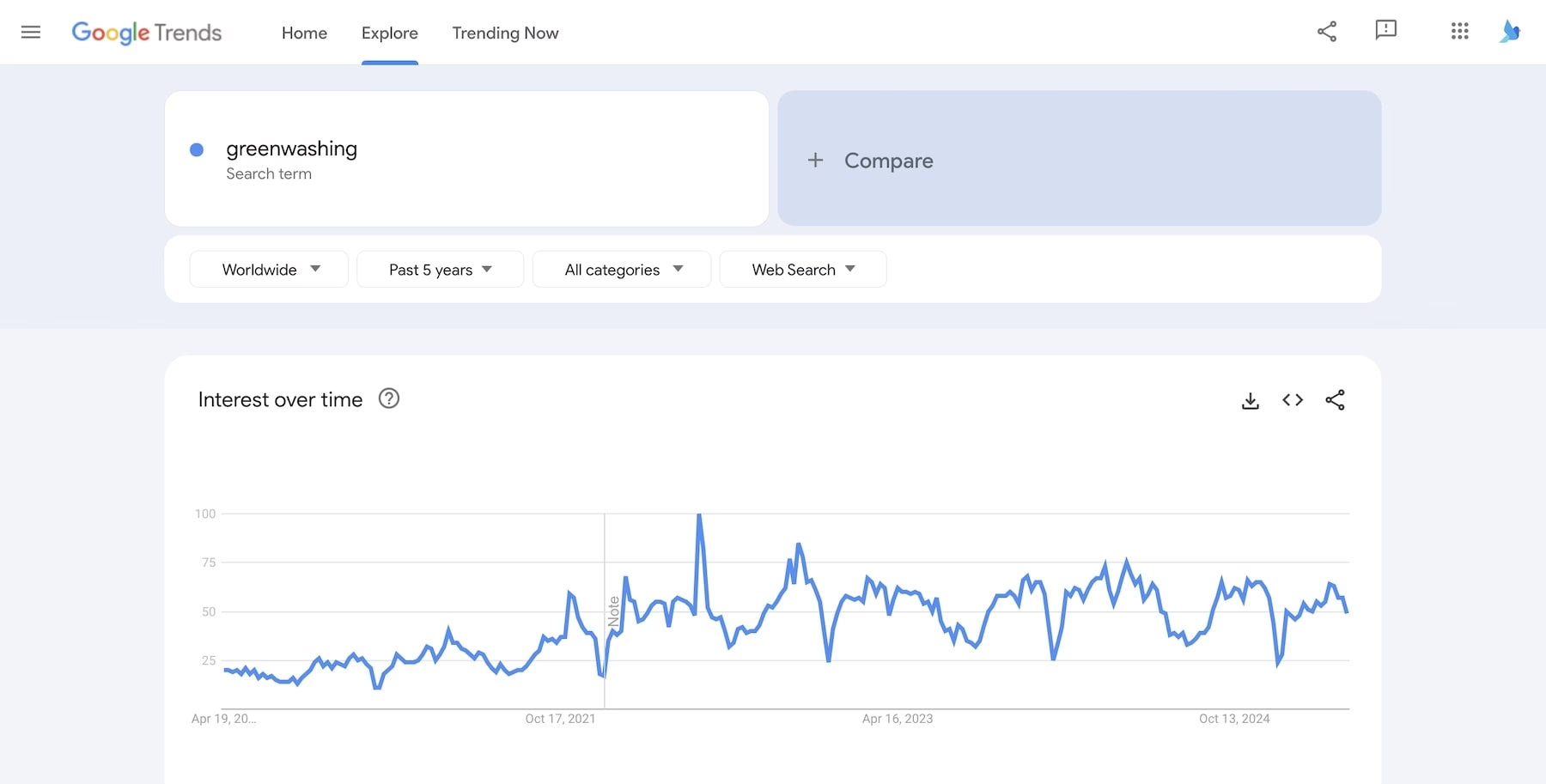

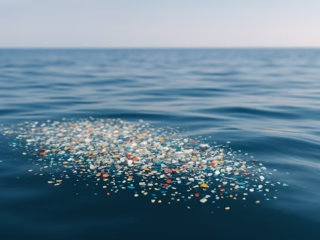
Leave a Reply